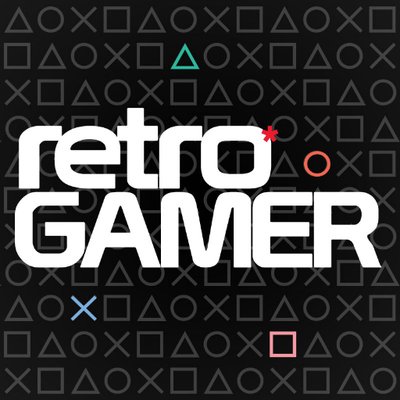Super Mario World 2: Yoshi's Island - how Nintendo made the 'perfect' sequel to the best platformer ever
Nintendo's Takashi Tezuka and Shigefumi Hino look back on the development of Super Mario World 2, where the Super FX chip and a risky 'hand drawn' style pushed the limits of 16-bit gaming
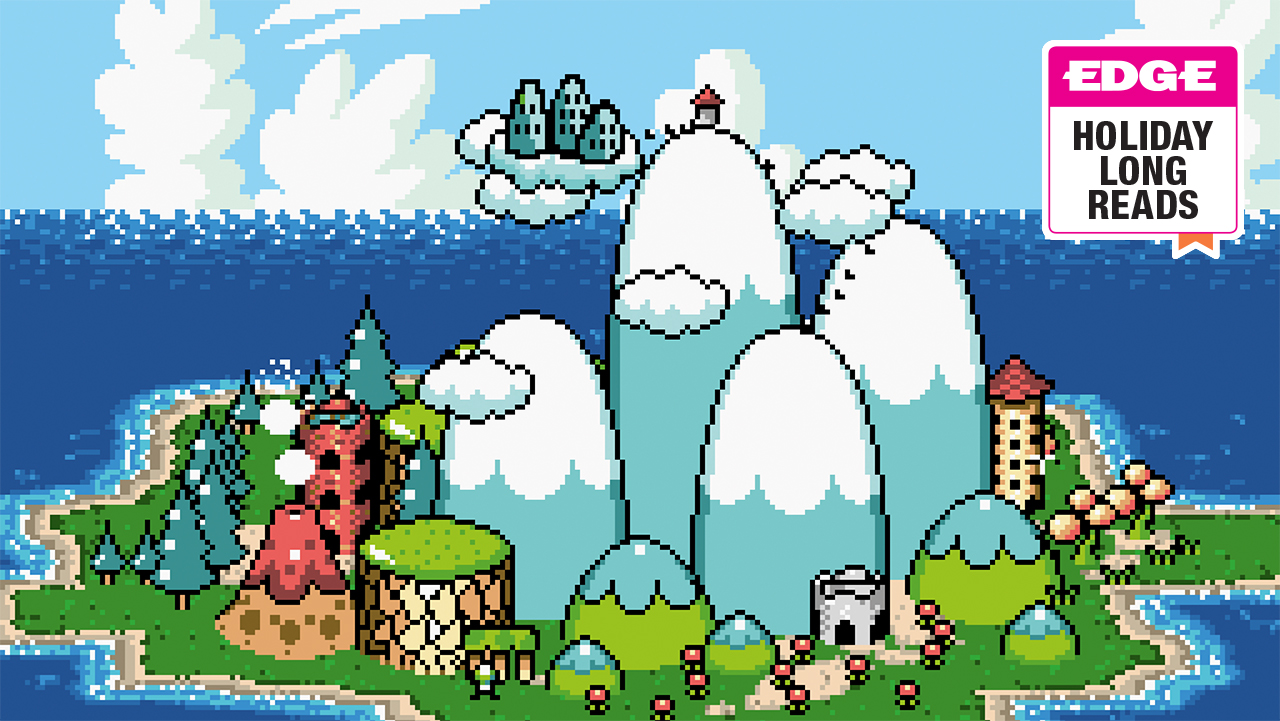
There’s an enormous burden of expectation that comes with following up a game like Super Mario World. Nintendo's legendary platform game launched on SNES in 1990 and was once voted as the greatest game of all time by Retro Gamer magazine readers. Many would argue that it was as close as you could get to a perfect game, as it built admirably on the already refined Mario platform formula while adding the benefits of 16-bit technology. It would be very hard to elaborate on the formula, especially given that delays to the Ultra 64 project meant that Nintendo was still tied to the 16-bit SNES. With player expectations guaranteed to be through the roof, was there even any sense in trying to create a traditional Mario sequel?
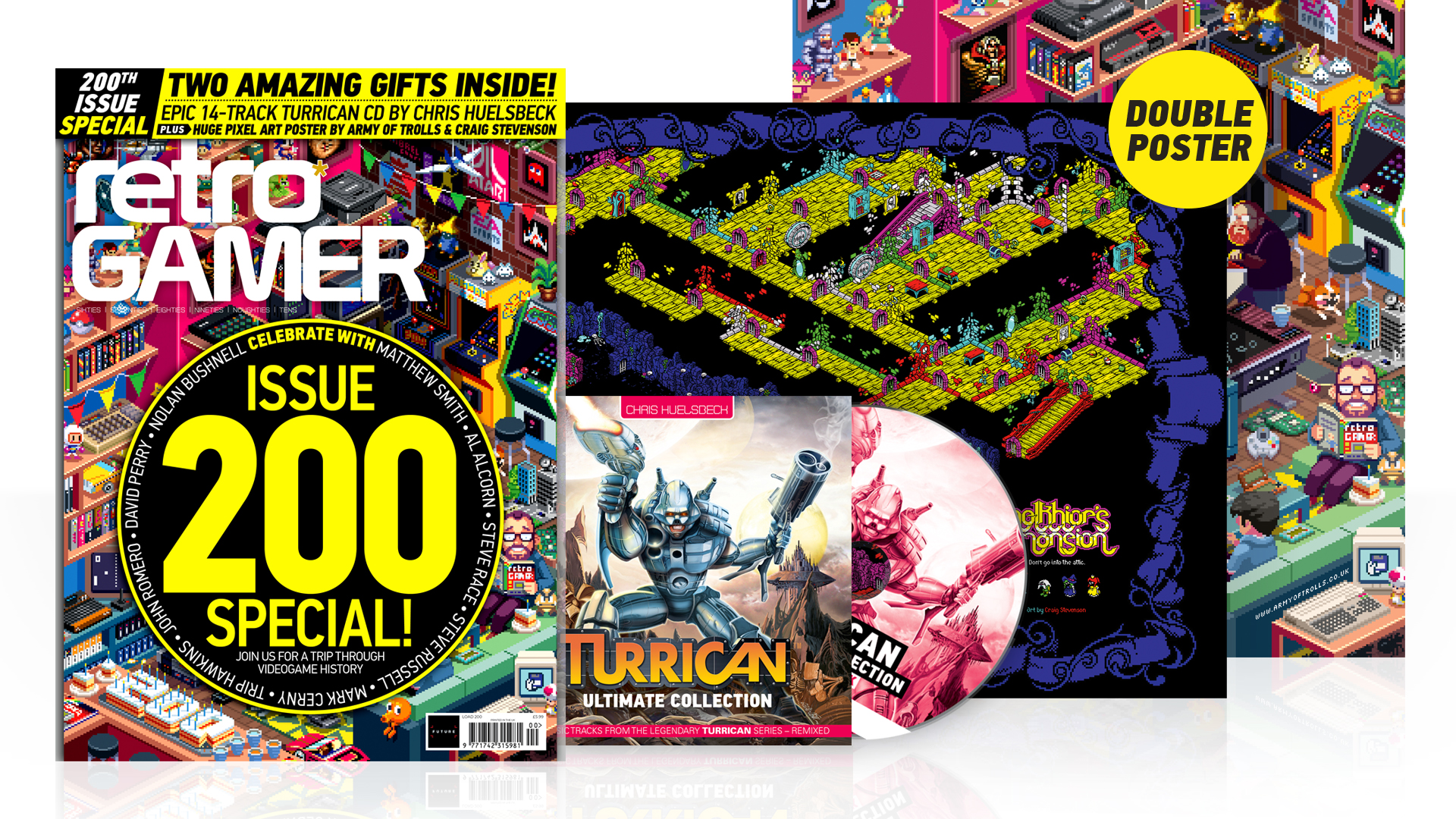
Love retro gaming? From SNES to Mega Drive, PSOne to Xbox, and Spectrum to C64, Retro Gamer magazine delivers amazing features and developer interviews about history's best games every month, and you can save up to 57% on a print and digital subscription right now.
It turns out that Takashi Tezuka and Shigefumi Hino didn’t think so. They were two of the directors of Yoshi’s Island, alongside fellow directors Toshihiko Nakago and Hideki Konno, with Shigeru Miyamoto acting as producer. Working together at Nintendo EAD, this team wanted to take a different approach instead. “We felt we’d done everything we wanted to for side-scrolling with Super Mario World, and so wanted to try creating a platformer with a different angle to it,” the developers explain. "Before Yoshi's Island, we’d only created games with Mario as the lead character. We felt that changing the lead character would give us a different perspective and different gameplay possibilities, and so we started thinking up a game with Yoshi as the lead.”
That makes sense – but the Mushroom Kingdom is home to many interesting characters, many of whom have also starred in spin-offs. What made Yoshi the character of choice over the likes of Wario, Luigi or Peach? This goes back to the creation of the character for Super Mario World, as we discover. “The idea for Yoshi came about because Mr Miyamoto wanted to have Mario ride a horse. We thought it would be better to have a new character rather than a horse, so Mr Hino and I went about creating one,” Tezuka tells us. “Yoshi turned into quite the cute character, and we were very interested in creating some kind of spin-off with him; that’s where it all began.”
This wasn’t Yoshi’s first starring role in a game, of course. Mario’s trusty steed had previously appeared headlined three games, the puzzle games Mario & Yoshi and Yoshi’s Cookie and the Super Scope blaster Yoshi’s Safari. But none of these were platform games, and Yoshi’s only appearance in a platform game so far had been
as a sub-character. So while Yoshi had certain established abilities such as his ability to grab enemies with his tongue and eat them, the team had a great deal of freedom to decide on new abilities and a new style of play that would provide a clear break from traditional Mario games.
That said, it wasn’t easy for the team to come up with these new and interesting ideas – according to Hino, such things were quickly seized upon when they did arrive. “I remember Mr Tezuka coming in suddenly one morning and dropping an idea on us,” he says. “The development team were hungry for the seeds of an idea and so we ran with it; we discussed them over and over and polished them into something we could implement in game.” Abilities that Yoshi gained in Yoshi’s Island include the ‘flutter jump’ – an extended jump where the dinosaur struggles against gravity in a cartoonish fashion – as well as the ‘ground pound’ jumping attack that could be used to smash stakes into the floor, something Mario would later adopt. Yoshi also gained
a variety of possible vehicle transformations including helicopters, cars and submarines, but these could only be used in certain places.
Teaching Yoshi to suck eggs
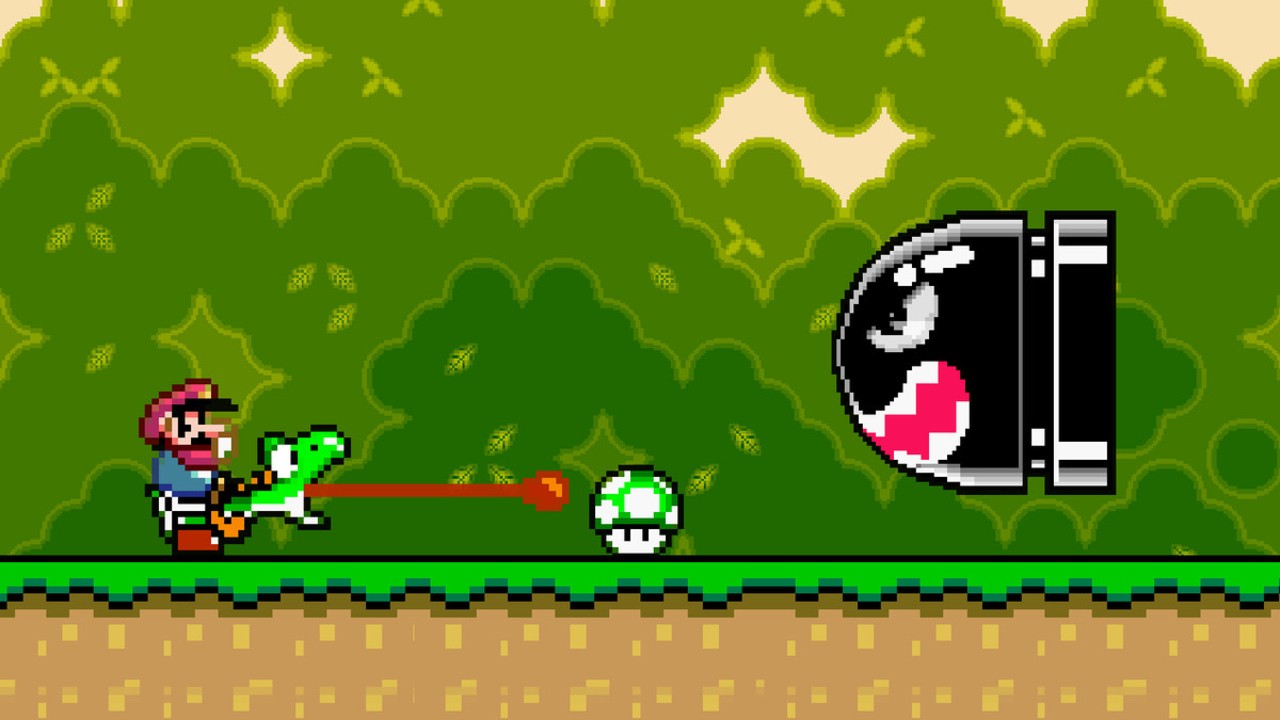
However, the ability that most closely tied into Yoshi’s existing skillset was his unique capability to create eggs. As in Super Mario World, Yoshi could use his tongue to eat enemies and then spit them back out at other enemies as an attack. However, by pushing the down button with an enemy in Yoshi’s mouth, the player
could have Yoshi lay an egg. Instead of containing items or more Yoshis, as they
did in the likes of Super Mario World, eggs could be thrown, rebounding off walls, breaking through barriers, collecting objects and smashing enemies.
“We wanted to include egg-throwing as throwing actions weren’t something that had appeared much in Mario games,” Tezuka tells us. “Having said that, though, giving users the ability to simultaneously control both Yoshi’s movement and the direction they throw eggs in proved challenging and gave us quite the headache!” However, it proved to be a crucial element of the game. “Having said that, though, fusing this egg-throwing mechanic into a platformer helped us invent ideas that hadn’t been possible until that point,” Hino points out. “It was a real boon for ideas for the game!”
Sign up to the GamesRadar+ Newsletter
Weekly digests, tales from the communities you love, and more
"Unlike the Mario series, we tried to give the gameplay a more gentle and relaxed pacing"
Takashi Tezuka, Nintendo
While the egg-throwing mechanic would be easy to implement in modern games thanks to the prevalence of dual analogue sticks, achieving it in Yoshi’s Island required some ingenuity. The development team managed to hit upon an elegant solution that managed to squeeze the whole process into two button presses. By hitting the A button, the player would reveal an aiming reticule that moved back and forth along an arc in front of Yoshi – while still allowing him to run and jump freely.
Hitting the A button again would cause Yoshi to throw an egg in the direction he was currently aiming for. It was the trickiest of Yoshi’s skills to get to grips with as a player, but it gave the game a unique feeling amongst platform games. One of the other things the new star allowed the Nintendo EAD team to do was make an adjustment to the difficulty of the game. “Unlike the Mario series, we tried to give the gameplay a more gentle and relaxed pacing, as opposed to turning it into a platformer that requires players to master tricky techniques,” explains Tezuka. “So, for example, there’s no time limit on the stages, and it’s a little easier to control Yoshi’s jumps as he flutter jumps unlike Mario. As we were adding in these little adjustments, we came up with the idea of having some exploration elements as part of the gameplay and slowly the game took shape.”
Why did Super Mario World 2 choose linearity over exploration?
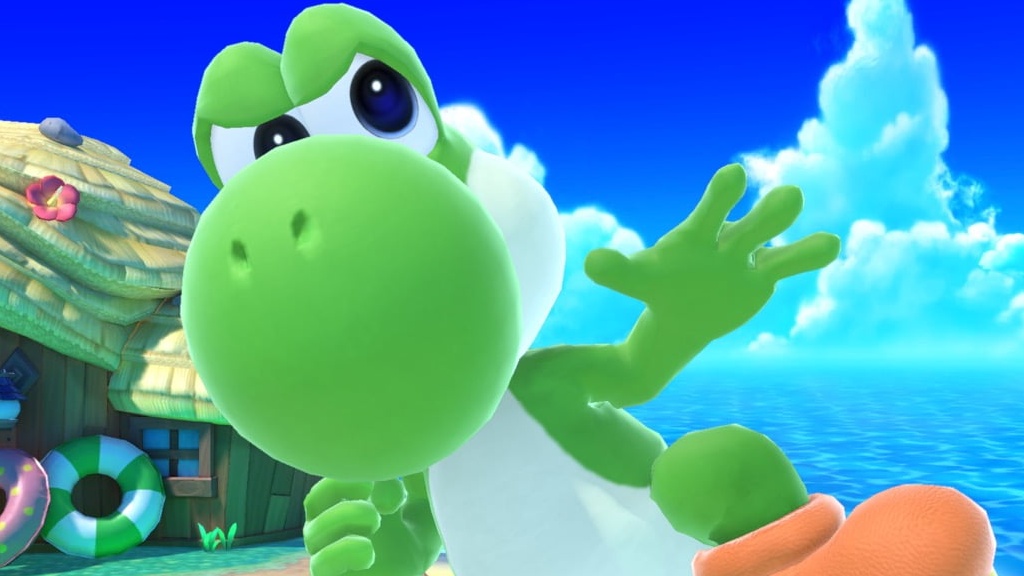
Sometimes the desire to provide exploration elements and a relaxed game experience were conflicting goals, as was the case when deciding on a progression system. Super Mario Bros 3 and Super Mario World had both used maps that allowed the player to select the next stage. Why did the team choose to return to linear progression for Yoshi’s Island? “We looked at many different map styles for this game. Seeing as we had already used a board game-style map system in Super Mario World, we settled on a linear path as a way of returning to our beginnings,” Tezuka replies. “The map used in Super Mario World and other titles gives users the option to choose the level of difficulty when there’s a branch in the path,” adds Hino. “With Yoshi’s Island, we designed the game so that players can play the courses over again with different objectives so they can get better. So, with that in mind, rather than users going through the game selecting what level of difficulty they want to play, as done with the board game-style maps, our intention was to make it possible for users to progress through the game by setting their own goals.”
As well as the ability to set your own level of challenge, one of the key aspects of the game’s gentle pacing was the ability for the player to get hit without being in too much danger. In the Mario games, the player was only ever a couple of hits away from losing a life, with finite opportunities to grab power-ups in order to prevent that outcome. In Yoshi’s Island, getting hit would cause Yoshi to lose his cargo, and the player had a short amount of time to recover it – but if they did so successfully that time limit would reset, meaning that it was possible to take an unlimited number of hits per stage. And in a surprising role reversal, that cargo was Baby Mario.
"We made Mario into a baby as it wouldn’t make sense for the game if Mario could walk around by himself"
Shigefumi Hino, Nintendo
“I don’t think we started out with the intention of having the roles reversed,” reveals Hino. “Once we decided to make Yoshi the lead, we thought he could have something ride on his back and so decided Yoshi’s mission would be to carry something through the game. We wanted to add something extra to the traditional side- scrolling gameplay of having players just proceed to the right to reach a goal, and so having Yoshi need to carry something across the map was a good fit.” That makes sense given Yoshi’s original role as a mount for a certain plucky plumber, but why did Mario need to be a baby? “We decided to have Yoshi carry Mario because that’s what he’s always done, but we made Mario into a baby as it wouldn’t make sense for the game if Mario could walk around by himself,” Hino explains. “This setup was also a big help for writing the story for the game.”
That story started with a stork attempting to deliver Baby Mario and Luigi to their parents, only to be attacked by Bowser’s henchman Kamek, a Magikoopa who could foresee the great problems that these brothers would cause for his boss. While he succeeded in kidnapping the Baby Luigi, Baby Mario was lost in the confusion and
fell to Yoshi’s Island. With the instinctive bond that brothers have Baby Mario could sense his brother's location, and the Yoshis decided to take him to rescue Baby Luigi and reunite them both with their parents. And for those of you who are unfamiliar with the game, that plural is no typo. "One of the ideas that came out while we were creating the story, and which I'm particularly taken with, is that there are many different Yoshis in the game," says Tezuka. "Normally the lead character is a singular character in the game world, so personally I though the idea of having different Yoshis working together and taking turns to carry Baby Mario through the game was really interesting."
This storybook presentation plays well with the game's aesthetic - it sports a hand-drawn , colouring book style with crayon backgrounds. While this wasn't the plan from the start, the idea of being visually unique was one of the team's aims. "We spent a lot of time trying to come up with a new and different look for the game. We tried out many ideas and the most interesting was one I drew as a last-ditch attempt: a cloud that had this very rough scribbled look to it,” explains Hino.
"Everyone agreed it was perfect and so we decided to go ahead with giving the game a hand-drawn look. At the time, there were a lot of other beautiful graphics out there, and we wanted to differentiate our title from these. I also watched a lot of other children's TV shows as well for inspiration".
Where did the 'hand drawn' look originate from?
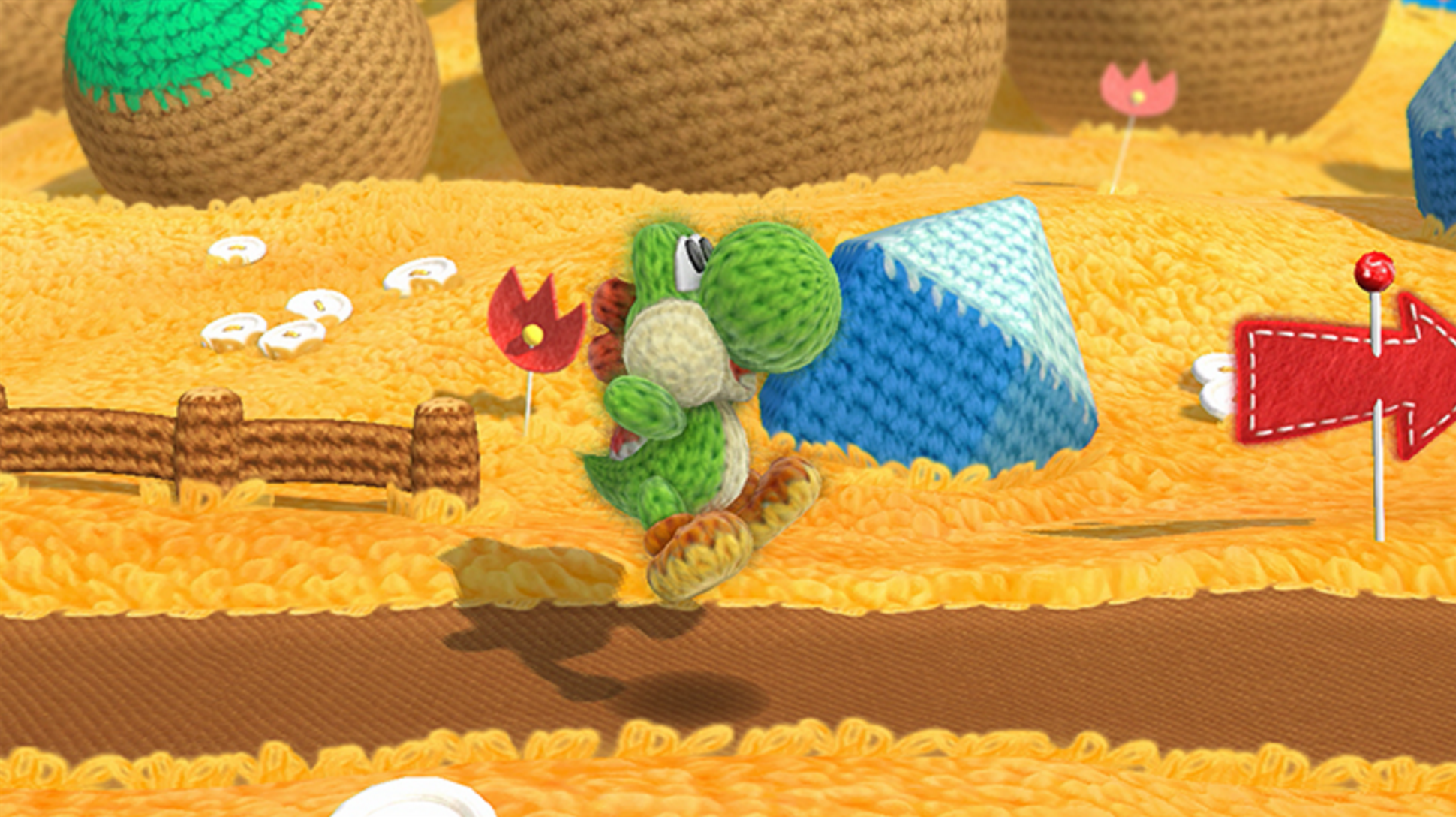
That wasn't the only reason that the Nintendo EAD team ultimately chose to use a deliberately low-tech look. “At the time, our company was abuzz with talk of the graphics used in Rare’s Donkey Kong Country. There was definitely a feeling that those sorts of visuals might go on to become the mainstream. I wanted us to come at things from a different angle,” says Tezuka. “Although there were some people in the company who were expecting us to follow Donkey Kong Country, a decision was taken that we should put our weight behind a completely different sort of visual look,” adds Hino. “It was around about the time that we decided on that direction that Mr Hisashi Nogami joined the company as a designer. As we were competing together and having fun coming up with different designs, we slowly settled on the feel we wanted the visuals to have.”
In a 2018 interview with Kotaku, Nogami mentioned the game’s hand-drawn look was actually achieved quite literally – images were drawn by hand, scanned and recreated as pixel art. Of course, the ironic thing is that despite that rejection of Donkey Kong Country’s look, Yoshi’s Island was a game that did things that few other SNES games could. It’s something that isn’t lost on the developers. “Yoshi’s Island has this very warm and friendly feel to it, but a lot of technical effort went into making the game,” they note. “It’s actually one of the later SNES games, so [it] makes use of all the developmental know-how we’d built up to that point, as well as what was considered the latest in technology with the Super FX 2 chip.”
The use of the enhancement chip is a curious one, and we were interested to know where the decision to use it came about. “In principle, we look at what the software and hardware can do and look at what sorts of visuals or gameplay we can create with that technology. It was mentioned one day that the Super FX 2 technology was available, and a suggestion was made about using it,” explain the developers. “We were very excited and decided to make use of it for two reasons: the first was that as software developers we wanted to use all new technology we could, and the other point was that this technology offered further gameplay and visual possibilities (eg, object (sprite) rotation and a large increase in the number of screen colours possible).”
What was so interesting about the use of the Super FX 2 chip?
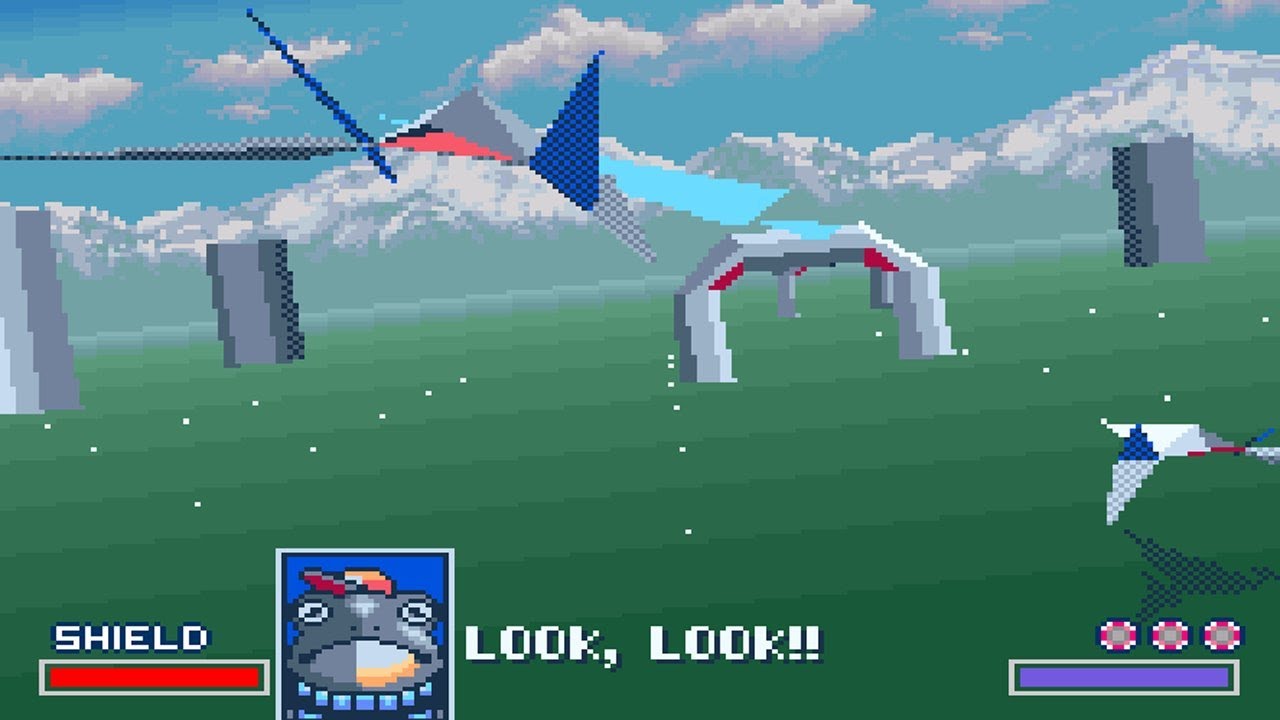
That would be the way it was deployed – the original chip, designed by the UK team at Argonaut, had been used to power the polygonal graphics of Starwing. All of the subsequent Super FX games, like Stunt Race FX and Vortex, had been 3D games too. Few gamers would have guessed that the first outing of the updated version would be in a 2D game, but it proved key to some of the most impressive visual effects in Yoshi's Island. Some of those were actually polygonal special effects, such as falling walls and rolling platforms. But the Super FX 2 was primarily used here for manipulating 2D sprites, a technique that Nintendo called 'Morphmation' in advertising. As well as adding extra layers of parallax scrolling, the chip allowed the console to handle multiple rotating sprites on the screen, perform some psychedelic background warping and even squash and stretch sprites. These were most frequently used in the game’s boss battles, which routinely featured some absolutely colossal sprites.
Koji Kondo was behind the game’s sound and music, and delivered another set of memorable themes. Although still present, there was less focus on the bongos and other additional percussion that had marked Yoshi’s presence in Super Mario World, and there were some pretty bold musical choices – most notably the music box tune that played during the game’s intro sequence. Of course, the most memorable sound in the game was that of the crying Baby Mario, which triggered whenever he was separated from his dinosaur guardian – we’d avoid getting hit just to make sure that we didn’t hear it. The Japan-only official soundtrack CD is now a prized item in its own right, with used copies selling for extraordinary prices.
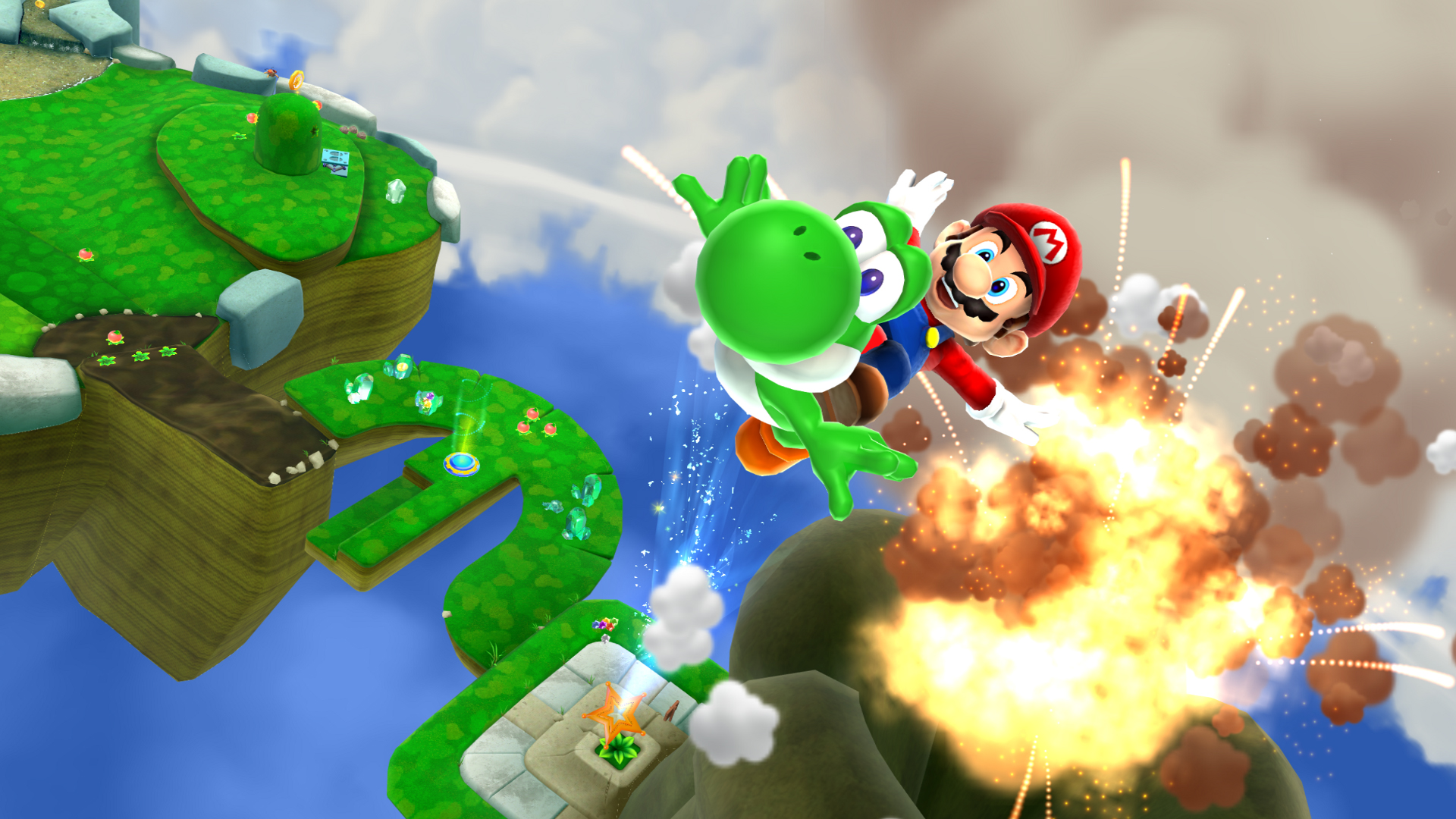
Yoshi’s Island was released in August 1995 in Japan, and releases in North America and Europe followed in October 1995. The game received universal acclaim upon its release. Nintendo Magazine System gave it 97%, with Simon Clays commenting that it was “about the best game I’ve ever had the pleasure to play,” with his only complaint being that the graphics were “slightly immature”. Tony Mott awarded the game 94% for Super Play and praised it for its variety, noting that “You never know what’s just around each corner, but you know that it’ll be something worth seeing.” However, he felt that the game’s linear progression was disappointing by comparison to Super Mario World’s wealth of secret exits and stages. Edge’s review scored the game 9/10, crediting the Super FX2 chip with “some wonderfully inventive touches which make each new level a reward to the player.”
The game was later converted to Game Boy Advance as Super Mario Advance 3: Yoshi’s Island, and that version has since been made available for 3DS and Wii U. Of course, despite Yoshi’s solo success Mario was soon back on top. Although the developers felt that they’d pushed Mario to his 2D limit, new hardware meant that Nintendo had already figured out what to do with its headline star. Less than a year later, Mario returned in the groundbreaking Super Mario 64, which many of the Yoshi’s Island staff also worked on. But as a swan song for an era in which 2D gaming was still the primary concern of the world’s most prominent game developers, you couldn’t ask for much better than Yoshi's Island. The game established Yoshi as a platform star in his own right and is still considered to be one of the greatest of all time, frequently showing up in lists of the best games ever, including GamesTM’s top 100 in 2010 and Retro Gamer readers’ top 150 in 2015.
With that in mind we'll leave the last word to the developers - why do they think that think that the game is still so beloved by players? “I think maybe it has something to do with the appeal of the gameplay; Yoshi offers this unique ability to gobble up enemies, turn them into eggs, and then throw those eggs,” says Tezuka. “For the Yoshi series, we wanted to convey Yoshi’s warmth of character. The adorable voice and our leaning towards hand-made visuals has all added up to create the character’s uniqueness, and I think it’s maybe these things that players are drawn to.”
“It wasn’t easy creating Yoshi or Yoshi’s Island,” says Hino. “We competed in the team to see what were the most amusing or fun things we could draw, and laughed together as we thought up strange enemies and level features, knowing we had a bit more freedom to do so because it wasn’t a Mario game. Even the programmers jumped on board and worked really hard to achieve our ideas. I think the fondness people have for the character and the game is because we managed to give form to all this passion we had. A long time has passed since then, but even now designers continue to develop Yoshi with all kinds of different interpretations, such as handicrafts, world made of yarn and so on. I'm really happy to see people still continuing to enjoy playing with Yoshi."
Save up to 57% on a Retro Gamer magazine subscription bundle and have the best retro gaming features and interviews delivered to your door each month.
Retro Gamer is the world's biggest - and longest-running - magazine dedicated to classic games, from ZX Spectrum, to NES and PlayStation. Relaunched in 2005, Retro Gamer has become respected within the industry as the authoritative word on classic gaming, thanks to its passionate and knowledgeable writers, with in-depth interviews of numerous acclaimed veterans, including Shigeru Miyamoto, Yu Suzuki, Peter Molyneux and Trip Hawkins.
